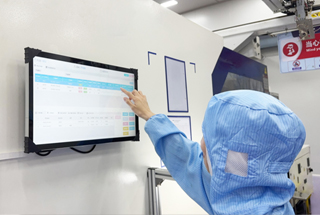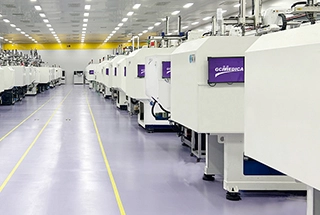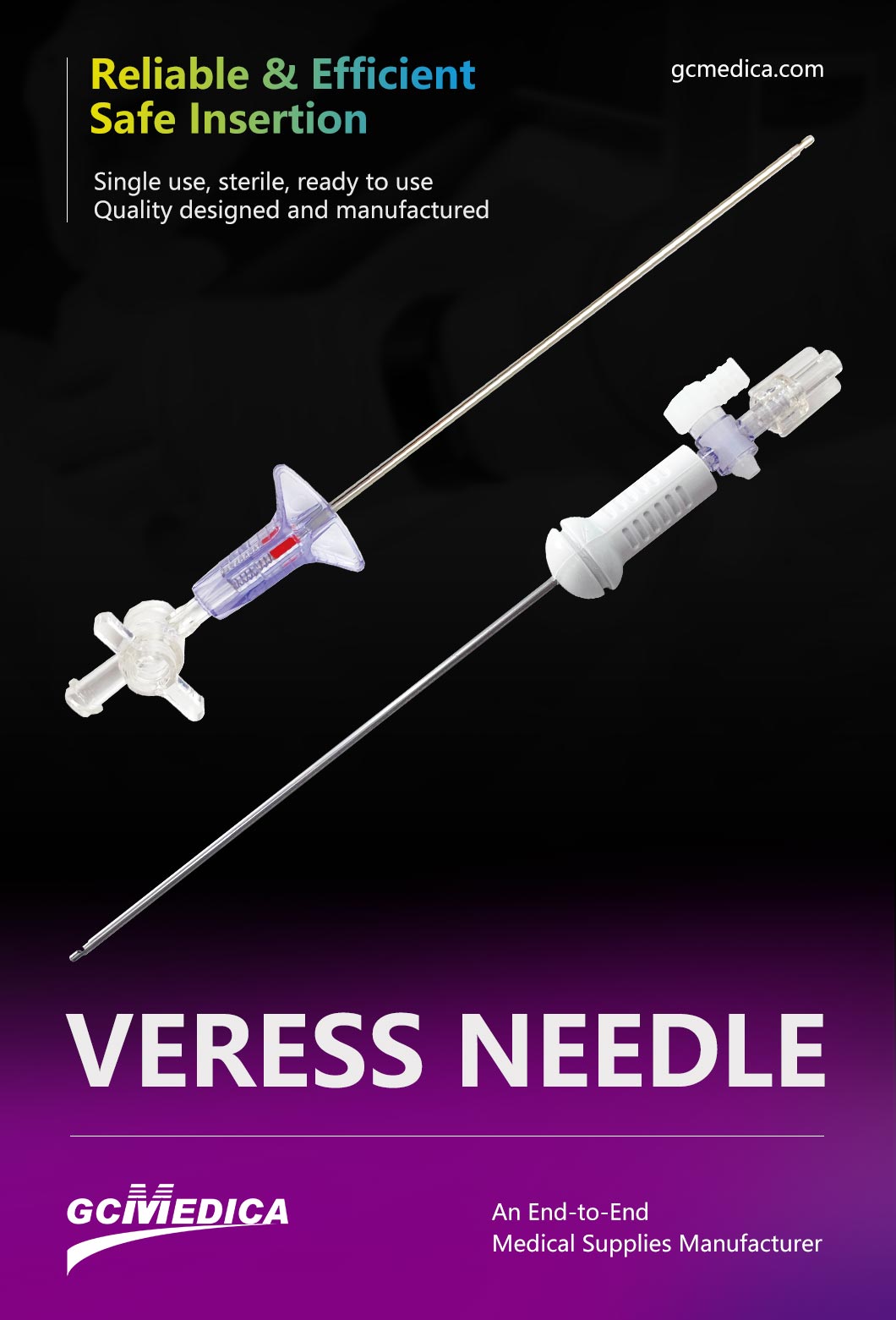The disposable veress needle is an essential tool for establishing pneumoperitoneum in minimally invasive surgical procedures. Designed for single-use, this instrument offers several benefits that contribute to both patient safety and surgical efficiency. In this article, we explore the features, benefits, and applications of the disposable Veress needle, along with important factors to consider when selecting this critical surgical tool.
| Disposable Veress Needle > |
Overview and Function
The veress needle is commonly used to create a safe and controlled entry point into the abdominal cavity. Its hollow design allows for the insufflation of gas, which is crucial for providing surgeons with the necessary space and visibility during laparoscopic procedures. Being disposable, this needle is pre-sterilized and intended for one-time use, reducing the risk of cross-contamination and infection.
Key Features:
Single-Use Design:
The disposable nature of the veress needle ensures that each instrument is used only once. This significantly minimizes the risk of infection and ensures that the needle's performance is consistent for every procedure.Precision and Safety:
The needle is engineered to provide a controlled puncture into the abdominal cavity. Its design minimizes the risk of injury to internal organs, which is a critical factor in maintaining patient safety during the initial stages of minimally invasive surgery.Ease of Use:
Disposable veress needles are designed with user-friendliness in mind. Their ergonomic structure allows for a smooth and intuitive insertion process, which is particularly beneficial in fast-paced surgical environments.High-Quality Materials:
Constructed from medical-grade materials, the needle ensures durability during its short-term use. The material quality also contributes to its reliable performance during the insufflation process.
Applications in Minimally Invasive Surgery
The disposable veress needle is primarily used in laparoscopic surgeries, where the creation of a pneumoperitoneum is a critical step. This includes procedures such as:
Laparoscopic Cholecystectomy:
The needle is used to introduce gas into the abdominal cavity, creating a working space for the surgical team to remove the gallbladder safely.Appendectomy:
During a laparoscopic appendectomy, the Veress needle helps in establishing a clear field, allowing for the precise removal of the inflamed appendix.Gynecological Procedures:
In various gynecological surgeries, including diagnostic laparoscopy and operative procedures, the disposable Veress needle ensures safe access to the pelvic cavity.
Benefits of Using Disposable Veress Needles
Enhanced Sterility:
Since these needles are used once and then discarded, there is a lower risk of cross-contamination between patients. This single-use approach aligns with the highest standards of infection control.Consistent Performance:
Every disposable needle is manufactured under strict quality control, ensuring that surgeons receive a consistently reliable tool for every procedure.Reduced Maintenance Costs:
Unlike reusable instruments that require thorough cleaning and sterilization, disposable needles eliminate the need for reprocessing, thereby reducing maintenance and associated costs.
Considerations for Selection
When selecting a disposable veress needle, healthcare professionals should consider several factors:
Needle Size and Gauge:
The appropriate size and gauge are essential for different patient anatomies and surgical requirements. Surgeons should choose a needle that provides optimal performance without compromising safety.Sterilization Standards:
It is crucial to verify that the disposable needles meet stringent sterilization standards. Each needle should come in individually sealed packaging to ensure sterility until the time of use.Compatibility with Surgical Techniques:
The design of the needle should be compatible with the specific surgical techniques and equipment used in the operating room.
Conclusion
The disposable veress needle plays a pivotal role in minimally invasive surgeries by ensuring a safe and efficient entry into the abdominal cavity. Its single-use design, combined with high-quality materials and precision engineering, makes it a reliable tool for establishing pneumoperitoneum. By considering factors such as needle size, sterilization standards, and compatibility with surgical procedures, healthcare professionals can enhance patient outcomes and surgical success.
Related Products


 Français
Français Español
Español Products
Products

 About Us
About Us












